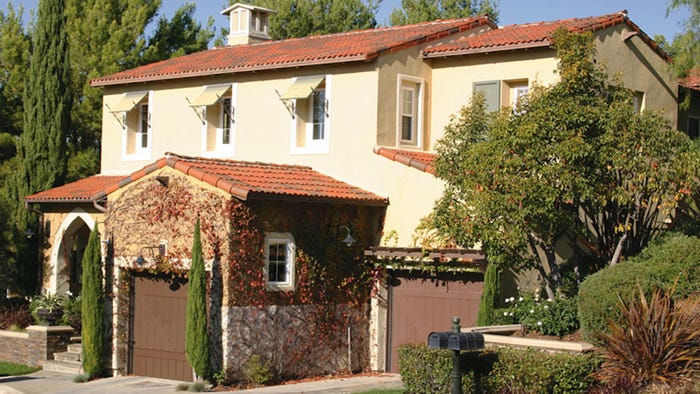6 Reasons Roofers Should Start Thinking About Resilient Roofing
Exclusive Q&A with Glenn Clapper, an NRCA technical director, as well as a registered architect and a LEED AP.
September 1, 2021

 In this Roofing & Exteriors exclusive Q&A, Glenn Clapper, a National Roofing Contractor Association technical director, as well as a registered architect and a LEED AP, offers six reasons all roofers should start thinking about resilient roofing.
In this Roofing & Exteriors exclusive Q&A, Glenn Clapper, a National Roofing Contractor Association technical director, as well as a registered architect and a LEED AP, offers six reasons all roofers should start thinking about resilient roofing.
Anyone wondering about the importance of resilient roofing and building need only look at the wake of Hurricane Ida. The latest Category 4 storm to hit Louisiana left a trail of destruction—and a stark reminder that climate change is creating more and more extreme weather.
Resilient roofing recognizes the need to address this growing threat with the latest building techniques and technologies designed to help buildings and roofs better withstand what nature throws at them and recover from those events faster.
R&E: What is resilient building as it relates to roofing. In other words, how would you define it to a roofer?
Clapper: Resilient roofing is the ability for a roof system to withstand and limit the impact of a disruptive event, such as large-sized hail or extremely high winds and continue to keep a building’s occupants and contents safe and dry. This ability could be in the form of redundancy (e.g., multiply layers), thicker materials, greater extent of attachment of materials (i.e., increased mechanical fastener density, greater coverage of adhesive), use of a cover board layer or the combination of any of these.
R&E: Why should roofers care about resilient building/roofing?
Clapper: Installing a resilient roof system should reduce the potential for callbacks to perform repairs after a disruptive event allowing them to provide whole roof system installations.
R&E: How big would you say the resilient roofing market is?
Clapper: Not as large as it could be. Unless the building insurer or local building code requires resilient characteristics, such as greater fastener density in coastal regions, it comes down to cost. Many times, for a roof replacement, building owners are looking to keep costs low, or on new construction, a project manager is looking to also keep costs low, which can result in the resilient aspect of a roof system being not selected or value-engineered out.
R&E: How will the new infrastructure bill affect the resilient roofing market?
Clapper: It should have a positive impact on the industry. With specific programs targeting increased energy efficiency for the building envelope, which roofs are a key component, and building resiliency, the roofing industry should see an increase in demand for resilient roof systems.
R&E: Where can roofers look to for examples of resilient roofing? Europe? Elsewhere?
Clapper: The relatively new Canadian standard CSA A123.26, Performance Requirements for Climate Resilience of Low Slope Membrane Roofing Systems is being promoted for adoption into the National Building Code of Canada. Queensland, Australia has recommendations for resilient residential roofs. Roof requirements along the coastal regions of the United States could be considered resilient examples when implemented in other regions of the country like the Midwest.
R&E: What advice would you have for roofers who want to add resilient roofing to their services?
Clapper: Educate your customer about the benefits of installing a resilient roof system, from reduction or elimination of downtime following a disruptive event to the potentially increased longevity of their roof system or potential energy savings over the life of an enhanced roof system.
About the Author(s)
You May Also Like




